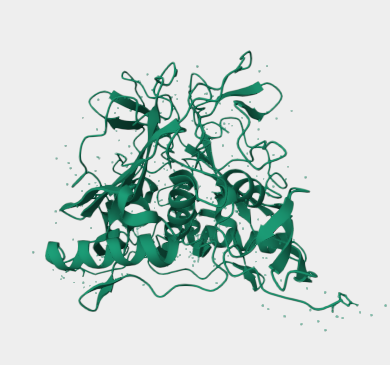Key features and details | |
Cat. No. | MABL-1499 |
Name | Anti-EpCAM mAbs |
Clone No. | AFD- 3-17I |
From | Recombinant Antibody |
Isotype | Engineer antibody |
Application | ELISA, FC, IHC |
Species Reactivity | Human, Cynomolgus Monkey |
Basic Information | |
Specificity | This antibody binds human EpCAM. It also cross reacts with Cynomolgus monkey EpCAM. |
Alternative Name | CD326; Ep-CAM; KS1/4 antigen; KSA; Epithelial cell adhesion molecule; Adenocarcinoma-associated antigen; Cell surface glycoprotein Trop-1; Epithelial cell surface antigen; Epithelial glycoprotein; EGP; Epithelial glycoprotein 314; 17-1A-antigen; EGP314; hEGP314; Major gastrointestinal tumor-associated protein GA733-2; Tumor-associated calcium signal transducer 1; EGP-2; EGP40; KSA; CO17-1A; GA733-2; 3-171 |
UniProt | P16422 |
Immunogen | The original antibody was generated from a human naïve scFv phage display library and later on made into a human IgG1 isotype format. |
Application Notes | The antibody specifically interacts with the natural EpCAM+Kato III cell line by flow cytometric analysis. The IgG format of the antibody bound to both human and cynomolgus EpCAM under non-reducing conditions in western blot analysis. In contrast, no binding of the antibody was observed to any reduced EpCAM antigen. Further, ELISA data demonstrated good binding of the scFv and IgG formats of the antibody to both human and cynomolgus EpCAM. The binding affinity of the IgG1 format to human and monkey EpCAM was measured by surface plasmon resonance (Kd= 1 nM and 0.93 nM, respectively). The ability of the IgG format of the antibody to induce ADCC was analyzed using three different breast cancer cell lines: MDA-MB-231, MDA-453, and BT-474. The results clearly demonstrated the antibody-induced ADCC in all three cell lines, MDA-MB-453, MDA-MB-231, and BT-474, in the presence of human PBMCs with respective estimated EC50 values of 0.08 ng/ml, 15 ng/ml, and 0.12 ng/ml. |
Antibody First Published | Lund et al. The novel EpCAM-targeting monoclonal antibody 3-17I linked to saporin is highly cytotoxic after photochemical internalization in breast, pancreas and colon cancer cell lines. MAbs. Jul-Aug 2014;6(4):1038-50. PMID:24525727 |
Note on publication | Explores the therapeutic potential of this antibody by using 3–17I-saporin conjugate and checking it cytotoxicity after photochemical internalization. |
COA Information (For reference only, actual COA shall prevail) | |
Size | 100 μg Purified antibody. |
Concentration | 1 mg/ml. |
Purification | Protein A affinity purified |
Buffer | PBS with 0.02% Proclin 300. |
Concentration | 1 mg/ml. |
Storage Recommendation | Store at 4⁰C for up to 3 months. For longer storage, aliquot and store at - 20⁰C. |



